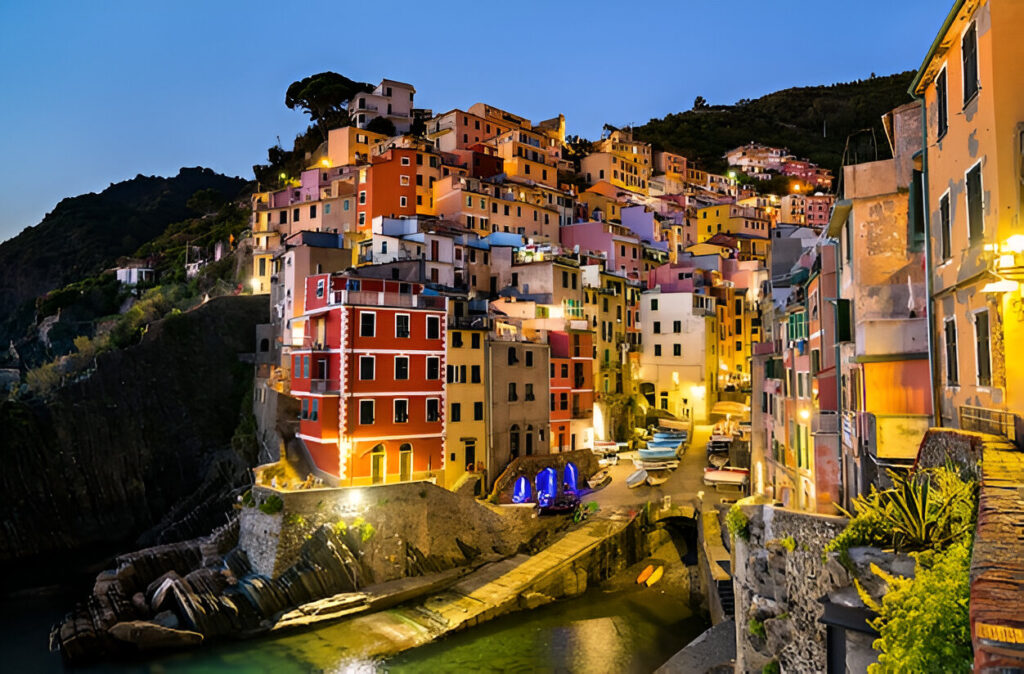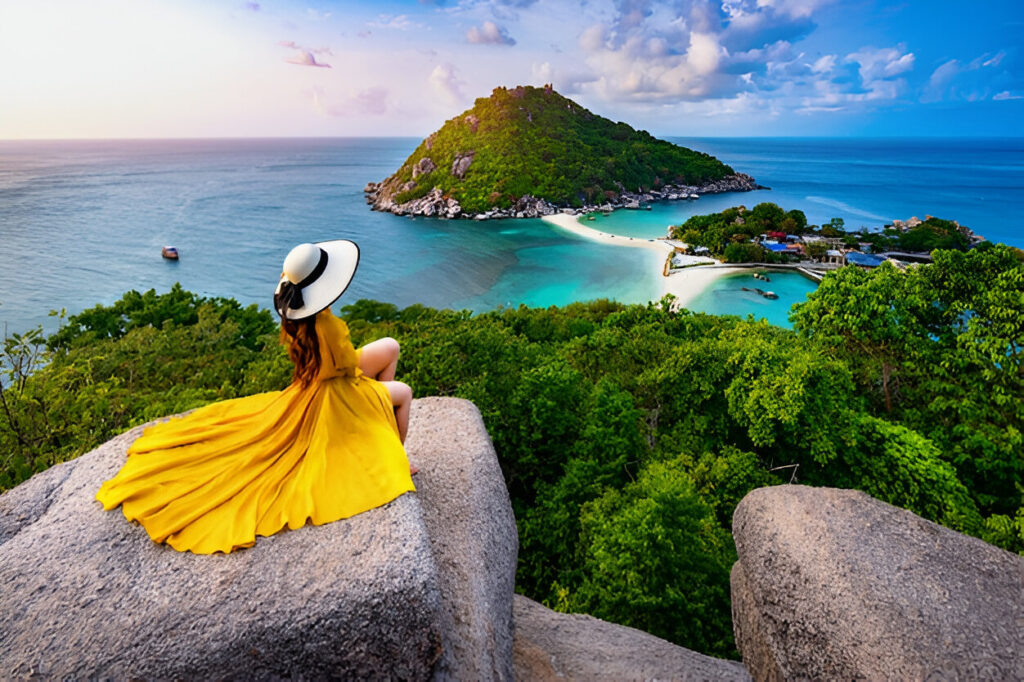Italy isn’t just a destination—it’s a living museum, a culinary capital, and a landscape of jaw-dropping variety. From the sun-soaked Amalfi Coast to the snow-capped Dolomites, every corner tells a story. But with over 60 million tourists visiting annually, choosing where to go can feel overwhelming. Should you stick to the classics like Rome and Venice, or venture into lesser-known towns like Matera or Rimini? The truth is, Italy rewards both approaches—iconic sights and hidden gems offer unique flavors of history,
culture, and beauty. In this guide, we break down the best places to travel in Italy using real facts, travel data, and case studies—not just pretty words. You’ll get an energetic, practical look at how to explore Italy in a way that’s meaningful, efficient, and unforgettable. Whether you want ancient ruins, seaside escapes, or mountain serenity, this list gives you the balance you need. No fluff—just smart choices for a truly remarkable Italian adventure. For more info visit here :
1. Hook – Kick off with why Italy isn’t just a destination, it’s an experience
Italy draws over 60 million international tourists annually, making it the 5th most visited country in the world That’s a lot of feet stomping through centuries-old piazzas and lakeside villas. But slapping on noise-canceling headphones won’t hide diluted food or empty cobblestones stacked with people.
If you’re craving real flavor, real history, and real moments, this guide shows where to go—and how—to experience authentic Italy.

2. Problem – How to visit Italy without getting lost in the tourist swarm
Sure, Rome’s Colosseum gets ~7 million visits per year, and Venice pulls in over 20 million tourists annually . But overcrowding, relentless lines, and inflated prices can drag you into exhaustion faster than a 90‑minute standing visit at Trevi Fountain.
And it’s not just the iconic spots—Lake Como logged 4.8 million overnight stays in 2023, leading to traffic, swarm‑control, and local outrage .Florentine officials recently banned key drop boxes and new short-term rentals to preserve quality of life .
So the challenge: How do you get great Italy—without being one of millions counting selfie points?
3. Solution – A balanced Italy trip: famous landmarks + authentic gems
We blend staples with quieter lineups. Four “must-see” and four “off-the-beaten-path” – all mapped into real itineraries with hard stats.
A. Culture & Capitals (still essential)
1. Rome
- Why go: ~7–10 million annual visitors; Eternal City holds the Colosseum, Vatican, Pantheon
- What to see: Book ahead for the Colosseum and Vatican Museums (both ~4 million visits per year). Skip long queues with early-entry guided tours.
- Insider tip: Explore neighborhood trattorias in Trastevere where locals dine—less tourist, more flavor.
2. Florence
- Why go: Renowned as Italy’s “museum capital.” Uffizi counts 120,000+ reviews, Accademia is home to Michelangelo’s David
- What to see: Pre-book tickets for Uffizi and Accademia. Climb Duomo for panorama without spending half a day waiting.
- Alternatives: Drop in on the Leonardo da Vinci Museum, with 95.6% positive reviews—a rising favorite
3. Venice
- Why go: Built on 118 islands; more than 20 million tourists per year .
- What to see: Cruise canals early morning. Book walking tours of Murano, Burano, and Torcello to escape crowds.
- Caution: The city is sinking (~15 cm over 100 years), and environmental initiatives aim to preserve it—opt for eco-conscious travel
4. Cinque Terre
- Why go: Five rugged coastal villages, UNESCO-listed
- What to see: Hike the coastal trail, book boat rides, shop garlic and wine in Vernazza or Manarola. No cars—just vibe.
- Tip: Book accommodations in advance; choose one village base and day-trip to the rest.
B. Off‑Radar Gems (calm, cultural & cost‑savvy)
5. Matera (Basilicata)
- Why go: UNESCO site known for cave dwellings (“Sassi”). Ancient feel, no crowds .
- What to see: Walk through cave churches, dine underground, stay in a cave-hotel. Remote but unforgettable.
- Pro tip: Visit early spring or late autumn for fewer tourists.
6. Rimini (Emilia‑Romagna)
- Why go: Nine-mile sandy beach, themed parks (Fiabilandia), huge tourist base—57 million visits in 2017
- What to see: Beach days affordable (
€10 wine bottle), theme parks with return tickets (£19/adult), live culture festivals (Pink Night). - Value: Hotels ~€25–50 a night, meals under €15 in many trattorias.
7. Sardinia (Costa Smeralda & beyond)
- Why go: Pristine beaches, megalithic inland charm (Barumini), top-tier hospitality
- What to see: Book resorts or eco-lodges for balance. Drive inland for tradition and top beaches like La Pelosa.
- Stats: A luxury sector spotlight—mix of 5-star and family-friendly stays.
8. Aeolian Islands (off Sicily)
- Why go: Volcanic islands with mud baths, Stromboli eruptions—rich, less found by tour buses .
- What to see: Visit Lipari’s thermal springs, hike Stromboli at sunset.
- Bonus: Combine with Cefalù and Matera as a calm southern loop.
4. Case Study – Balanced two-week Italian itinerary
Here’s a real-world example of how to blend core hits with hidden treasures:
| Day | Region | Activities | Insights |
|---|---|---|---|
| 1–3 | Rome | Colosseum/Vatican (skip lines), Trastevere food tour | ~7–10M visits/year |
| 4–5 | Florence | Uffizi, Accademia, Leonardo Museum, rooftop Duomo view | Museum capital status |
| 6–7 | Cinque Terre | Hike between villages, boat tour, local seafood | UNESCO, coastal charm |
| 8–9 | Venice | Early‑morning canals, Murano/Burano day trip | 20M tourists/year |
| 10–11 | Matera | Cave dwellings, underground meals, local wine | Authentic UNESCO gem |
| 12–13 | Rimini | Beach/promenade, Fiabilandia or Pink Night festival | Affordable, fun coastal town |
| 14 | Sardinia | Fly out via Olbia: chill beach or megalith tour inland | Blend of coast and culture |
5. Why it works
- Crowd efficiency: Blockbusters (Rome, Venice) early or mid-week; calm alternatives on weekends.
- Cultural contrast: Renaissance art, ancient ruins, alpine hikes, volcanic islands.
- Value balance: Rome & Venice (premium), Rimini & Matera (budget-friendly and rich).
- Local immersion: Street food, small-town festivals, cave hotels—not just tourist hubs.
6. Data‑Backed Facts For Best places to travel in Italy
- Italy tourism = 13% of GDP, ~55–56 UNESCO World Heritage Sites
- Lake Como drew 4.8 million overnight stays in 2023, boosting €1.5 billion in revenue
- Venice distortion: 20 million tourists/year; unsustainable rising sea levels (+15 cm sinking) .
- Florence’s museum significance: Uffizi with 120,000 reviews, high digital presence
- Rimini: 57 million visits in 2017; big beach resort; affordable (~£23/night hotels)
7. Action – Plan smart, travel right
- Book early for licenses like Vatican/Colosseum, Uffizi, Accademia, Cinque Terre trekking.
- Load travel cards (Trenitalia, Italo) for region-hopping. Use ferries for islands.
- Summer alternatives: Head to Rimini or Sardinia to beat costs, enjoy water parks.
- Off-peak perks: Visit Matera or Rimini outside July–August for festivals and empty streets.
- Eco-aware choices: Support small tours in Venice, stay in local accoglienza (family B&Bs).
- Stretch your budget: Mix splurge (Florence, Sardinia) with savings (Matera, Rimini).
8. Final verdict – Why this mix of Italy hits
- Rome & Florence satisfy history and art cravings.
- Cinque Terre & Venice bring dreamy landscapes—but with smart timing.
- Matera, Rimini & Sardinia offer fresh perspectives, local flavors, affordability, and uniqueness.
This 14-day route honors tradition and fosters discovery. It balances essential landmarks with calm escapes. It mixes high-rent with down-to-earth charm. It pairs cultural riches, beach days, and volcanic adventure.
That’s the smart way to see Italy. Not just ticking off a bucket list—but experiencing it, with insight, energy, and balance.

9. Start your journey
- Sketch your dates and circle the must‑see names.
- Adjust the mix: want more beaches? add Sardinia or switch Rimini for Amalfi Coast.
- Book guides & tickets a few months ahead—lines aren’t charming.
- Pack versatile gear: city shoes, hiking sandals, lightweight layers—Italy’s terrain and temps vary.
- Stay curious: Ask locals about markets, hidden archways, neighborhood festivals.
10. Your Italy awaits
This guide isn’t hype. It’s structured to help you feel Italy—while still having momentum, ease, and authenticity. You’ll get the icons, yes… but also the stories whispered in cave rooms, local festivals under pink skies, and lava-lit sunsets over Stromboli.
Pin your travel date. Book the tickets. Italy is waiting—and with this plan, you’ll see its heart, not just its surface.
If you’d like help adapting this itinerary—for families, budget travel, or solo exploration—just say the word. I’ve got more maps and local recs up my sleeve.
Conclusion : Best places to travel in Italy
Italy is a country that delivers unforgettable experiences at every turn—if you know where to look. The key to a truly rewarding trip isn’t just following the tourist trail, but combining iconic sights with off-the-beaten-path discoveries. Cities like Rome, Florence, and Venice offer timeless art, architecture, and culture that can’t be missed. But pairing them with quieter destinations like Matera, Rimini, or the Aeolian Islands gives your journey balance, authenticity, and breathing room. You’ll taste regional flavors, meet locals, and explore landscapes that most travelers overlook.
With smart planning, early bookings, and a flexible mindset, you can navigate Italy with confidence—avoiding the stress of long lines and inflated costs. This guide equips you with data-backed choices and realistic itineraries to make the most of your time and budget. Whether it’s your first visit or your fifth, Italy always has more to offer. So go beyond the postcards—travel smart, stay curious, and experience the real Italy, one unforgettable stop at a time.





